October 2025 - RIBA stage 4
In October 2025 we further developed the design for our new clinical building as part of RIBA stage 4, which is the technical design stage.
RIBA 4 is where we produce the detailed architectural and engineering designs and specifications.
Here is what patients, the public and our staff have told us, and how this has been used in the detailed design plans.
Accessibility, diversity and inclusion should be promoted throughout the design.
- Audio-visually separate Children’s Emergency Department
- Separate elderly Emergency Department/Frailty SDEC
- 60% single bedroom provision across all new wards
- Accessible toilets for staff and visitors on each ward
- Male/female staff toilets on each ward
- Bariatric room with ceiling mounted hoist on each ward
- Separate male, female and cubicle changing rooms for staff
- Accessible admin spaces
- Accessible food preparation areas in staff rest rooms
Natural lighting is extremely important and helps improve recovery times.
- Full height window in all patient bedrooms
- Large curved glass wall to most family rooms
- Maximised use of windows in ED rooms
- Full glass wall in ED waiting room
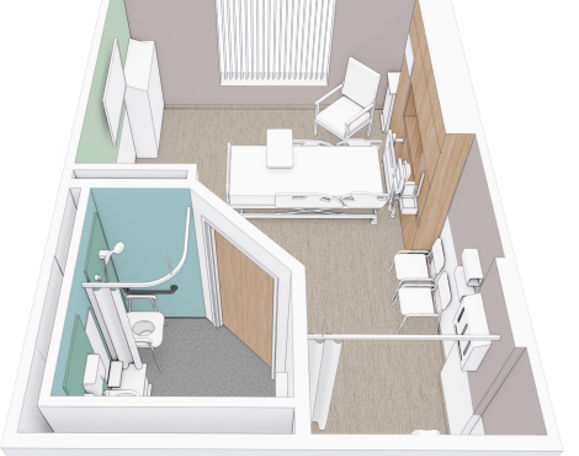
Reception and waiting areas should be welcoming with a range of seating options.
- A range of options in our waiting areas, including areas with greater privacy.

The colour scheme should use warm, calming shades and not cool, clinical shades.
Specific colour schemes on each level which use green, orange, blue and yellow tones which feel warmer.
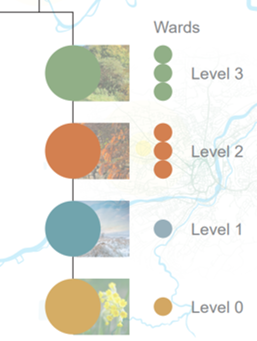
Privacy and dignity is essential.
- 16 single bedrooms on each ward, each with en-suite
- 2 en-suites in each 4 bed bay
- Dedicated procedure room on each ward
- Glass sliding doors and curtains in each ED majors bay
- Wooden doors on minors bays
- Dedicated adult mental health suite
- Dedicated children’s mental health room
- 2 family rooms in ED Resus with bereavement room
There should be accommodation available for carers.
- Storage for carer’s bed in each single bedroom
- Family room on each ward
- Fitted storage for patient belongings in each bed space
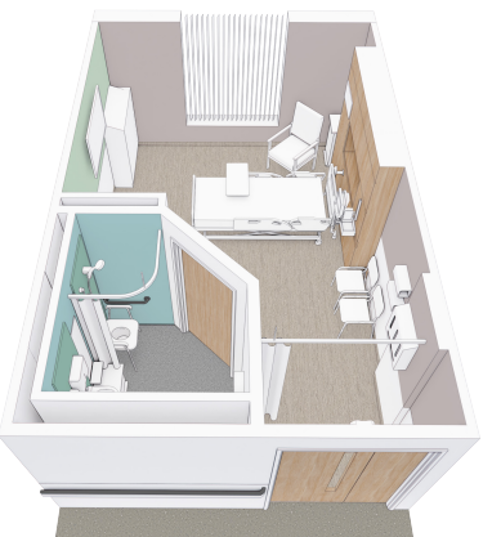
The environment must promote social interaction with other patients, family members, visitors and staff.
- Family room on each ward
- Seated lounge in ED Minors and Frailty ED
- Family room in ED majors
- We will also avoid 100% single bedrooms
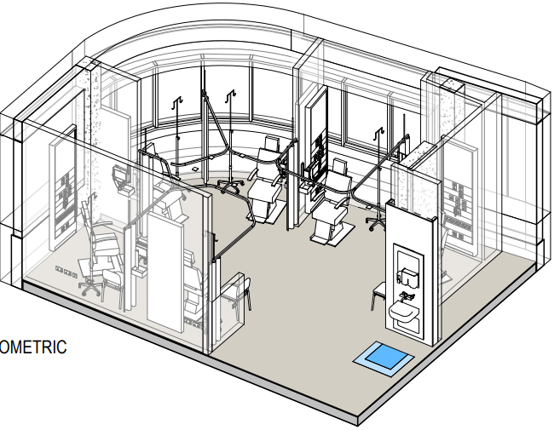
The wayfinding solution should give greater clarity to help people move easily around the building and include considerations for people with a hearing or visual impairment.
- Wayfinding colours that are supplementary to main wayfinding signage guidance
- Accent palettes which compliment the wayfinding colour within departments
- Therapeutic colour palette-feature walls in specific spaces
Our experiences at work are important for wellbeing.
- Storage
- Admin space
- Rest areas
- Changing rooms
- Visibility in staff areas.
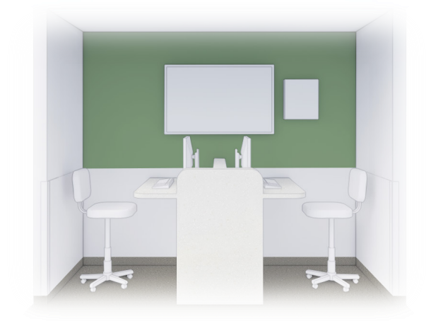
We need to embrace digital in the design so we can make the most of digital in the delivery of patient care.
- E-triage
- Electronic medicine management in ED
- Fully digital building management system
- Digital Nurse Call
- Electronic access control
- Bluetooth enabled lifts
- We will also be digitally enabled with an integrated network and infrastructure which enables:
- Electronic drug storage on wards
- Digital patient information boards
- Smart screen in patient rooms
- Ambient voice recognition
- Digital signage
- Electronic meal ordering
October 2024 patient experience review
This looked at a wide variety of sources, including patient experience surveys, comments and feedback from the Friends and Family Test, and insight from the most recent National Patient Survey, as well as other strategies and guidance in our Trust.
The key themes, which have been used to inform the design of the building are below:
| Key theme | You said |
|---|---|
| Wayfinding |
|
| Privacy and dignity |
|
| Accessibility and a supportive environment |
|
| Noise reduction (ambient noise especially at night) |
|

